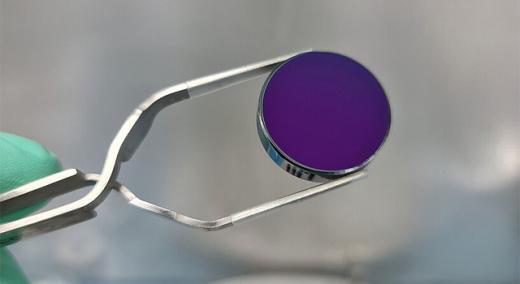In the field of high-performance mirrors, everyone chases the impossible: coatings with perfect reflectivity. In the visible range of wavelengths (i.e., between 380 nm and 700 nm), advanced metallic mirrors achieve reflectivities as high as 99%, which means 1 photon is lost for every 99 reflected. That may seem impressive, but in the near-infrared region (i.e., between ~780 nm and 2.5 μm), mirror coatings have demonstrated 99.9997% reflectivity, losing only three photons out of one million reflected.
|
ADVERTISEMENT |
There has been a long-standing desire to extend this supermirror level of performance into the mid-infrared (wavelengths from 2.5 µm to 10 µm and beyond), where advancements can be enabled in trace-gas sensing tasks related to climate change and biofuels, as well as in industrial applications such as laser machining and nanofabrication. Until now, the best mid-infrared mirrors lose roughly 1 out of every 10,000 photons, about 33 times worse than in the near-infrared.
…

Add new comment